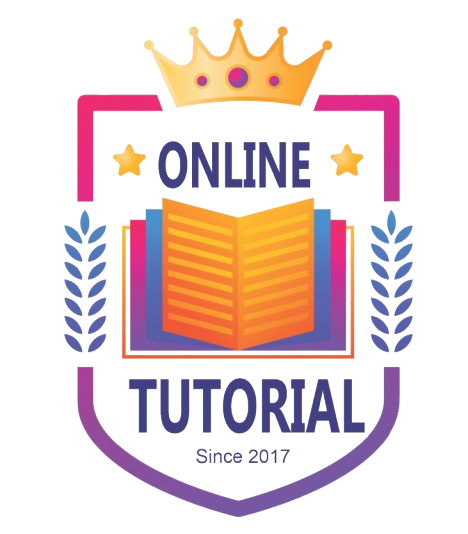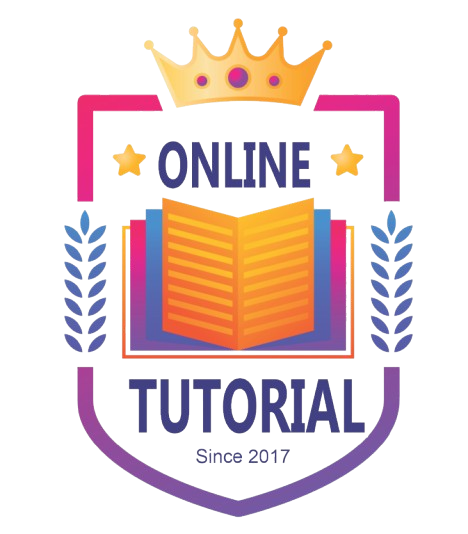Why the “Science of Reading” is a Game-Changer
Ever wondered why some people seem to pick up reading effortlessly while others struggle? Well, a lot of it comes down to how they were taught. For years, the way we teach reading has been a hot topic, but now there’s a strong push for something called evidence-based reading.
Think of it like this: instead of just guessing what works, we’re using decades of scientific research to figure out the best way to teach every single student how to read. It’s not a one-size-fits-all program, but more of a toolkit for teachers. This approach is built on the idea that there are a few core skills every reader needs to master.
So, what are these key skills?
- Phonemic Awareness: This is all about sounds. Can a kid tell that the word “cat” has three separate sounds? This skill is a huge deal and a big predictor of reading success.
- Phonics: This is where the sounds meet the letters. It’s about learning that the letter “p” makes a “puh” sound. When kids learn this systematically, they can sound out new words instead of just guessing.
- Fluency: Once a kid can sound out words, they need to do it quickly and smoothly, like they’re having a conversation. This frees up their brain to actually understand what they’re reading.
- Vocabulary: You can’t understand a story if you don’t know the words. Building a strong vocabulary is a huge part of being a good reader.
- Comprehension: This is the ultimate goal—actually understanding the text. This is where kids learn to ask questions about the story, summarize what happened, and connect with the ideas.
This shift to evidence-based reading is a big deal because it helps make sure no one gets left behind. It’s about giving teachers the proven methods they need to help all students become confident and skilled readers.


